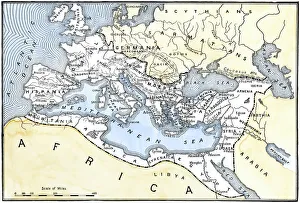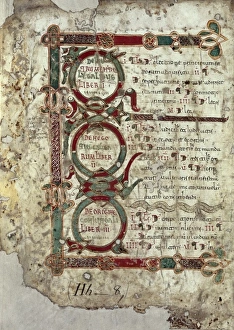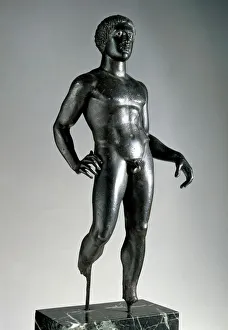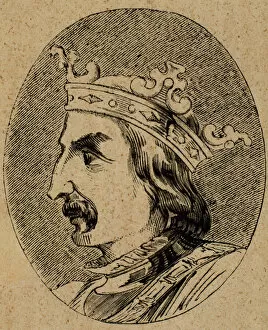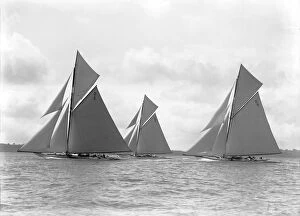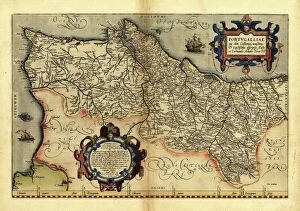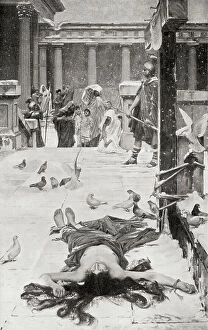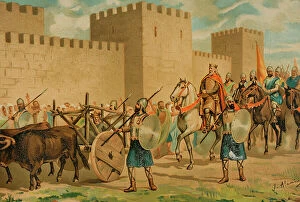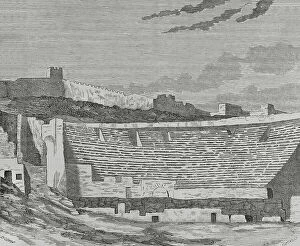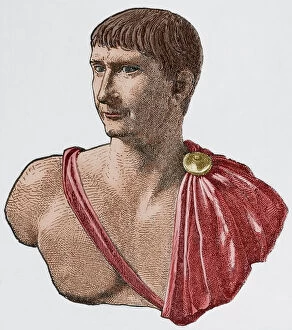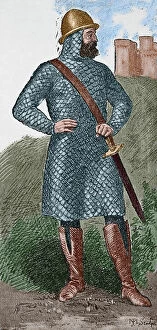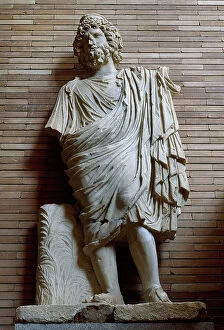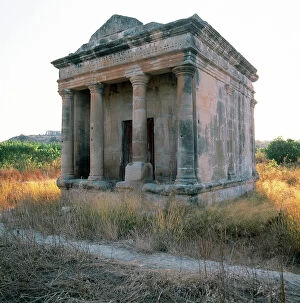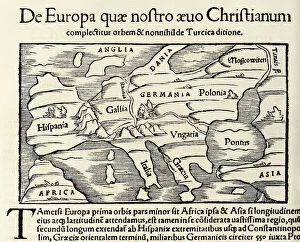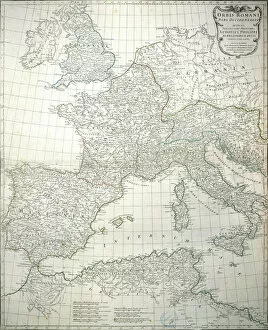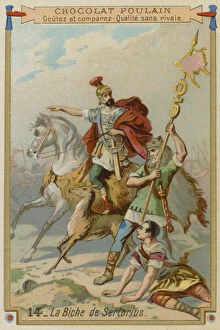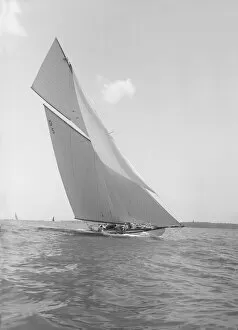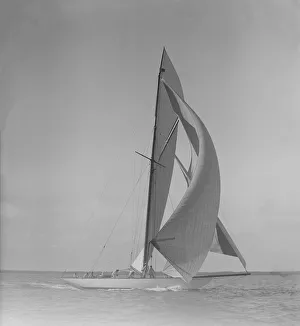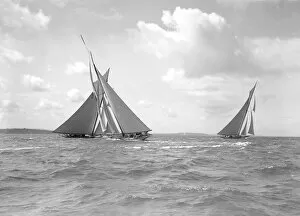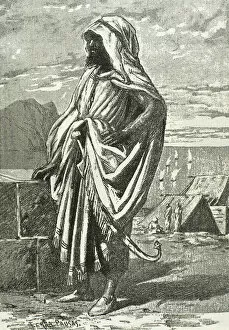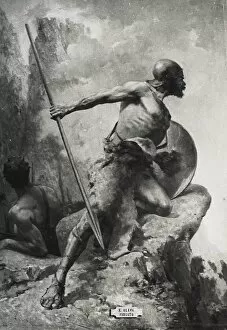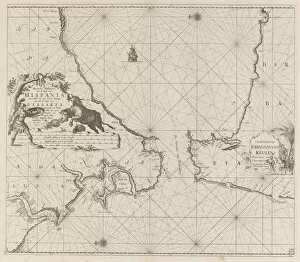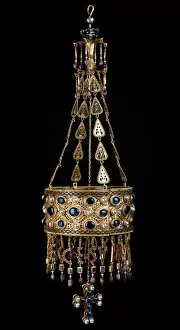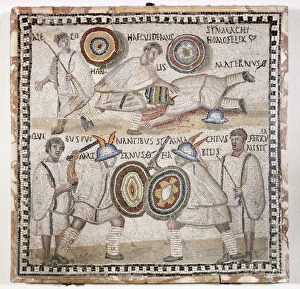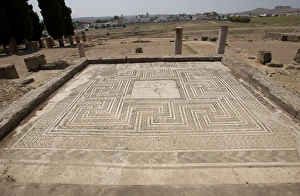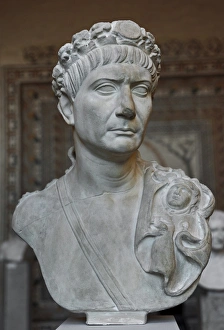Hispania Collection
"Discover the Rich Heritage of Hispania: A Journey through Time and Culture" Step into the ancient world with a map of the Roman Empire
All Professionally Made to Order for Quick Shipping
"Discover the Rich Heritage of Hispania: A Journey through Time and Culture" Step into the ancient world with a map of the Roman Empire, tracing the vast territories that once belonged to Hispania. Marvel at the Visigothic Code, also known as Liber Iudiciorum or Lex Visigothorum, a legal masterpiece that shaped governance in this land. Immerse yourself in Roman art as you gaze upon a statue of a young athlete at the National Archaeological Museum. Feel the energy and determination radiating from this timeless masterpiece. Transport yourself to 1911 when Hispania and Sophie Elizabeth raced upwind on their impressive 15-meter Ostaria sailboats. Witness their fierce competition and admire their sailing skills amidst breathtaking maritime landscapes. Delve into philosophy with Seneca, a prominent Roman statesman whose wisdom still resonates today. Explore his profound insights on life, morality, and virtue. Uncover Spanish history through Sancho IV of Castile (1258-1295), an influential king who ruled over Castille and Leon during tumultuous times. Learn about his reign's impact on politics, culture, and society. Travel back to 1570 with Orteliuss' map of Portugal - an exquisite cartographic representation capturing both beauty and historical significance. Trace Portugal's connections to Hispania throughout centuries. Witness grandeur as you imagine the entrance of Visigoth king Wamba into Toledo - an event etched in history books forever. Picture his triumphant arrival shaping future dynasties within these walls. Embark on an archaeological adventure at Cambre's Roman Villa - marvel at its well-preserved ruins that offer glimpses into daily life during ancient times. Let your imagination roam freely among remnants from another era. Marvel at engineering prowess while standing before Pena Cortada Aqueduct near Chelva in Valencia province – witness how human ingenuity conquered nature for water supply needs across generations.

